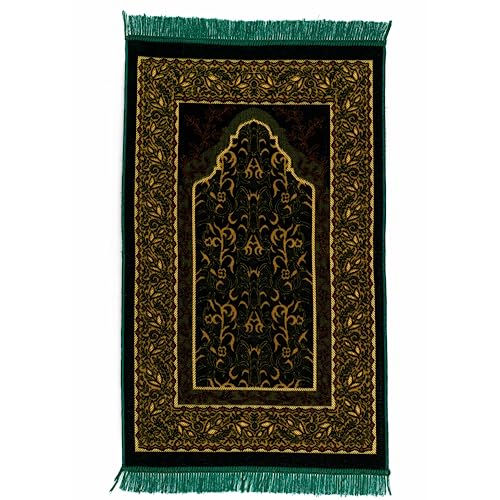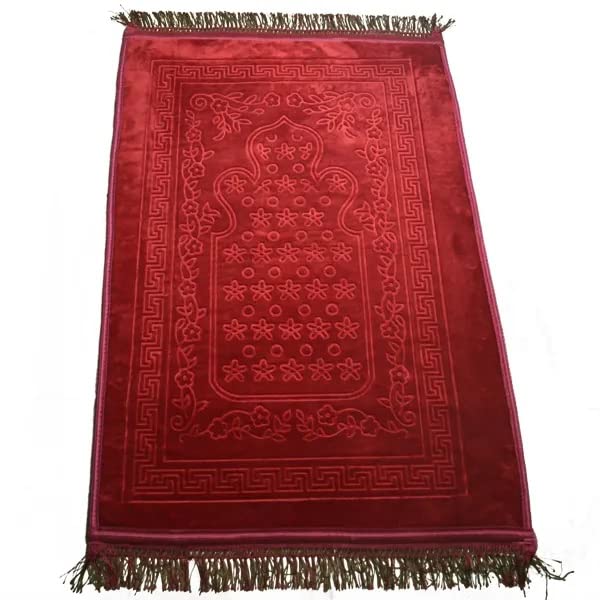The Origin and Purpose of Prayer Rugs
Prayer rugs, also known as prayer mats or sajjadah, have a long history and are primarily associated with the Islamic faith. The purpose of a prayer rug is to provide a clean and designated space for Muslims to perform their daily prayers, known as Salah. While the use of prayer rugs is common among Muslims, it is important to note that prayer rugs serve a religious function and can be found in other cultures and religions as well.
Historical Usage of Prayer Rugs
The use of prayer rugs can be traced back to early Islamic practices in the 7th century. Muslims sought a clean and comfortable surface to kneel and bow during prayer, and thus prayer rugs were introduced. The design and materials of prayer rugs have evolved over time, reflecting cultural influences and regional traditions. From intricate floral patterns in Iran to geometric designs in Turkey, prayer rugs have become an important part of Islamic art and culture.
Prayer Rugs in Different Religions and Cultures
The concept of using a designated space for prayer is not exclusive to Islam. In other religions, such as Buddhism and Hinduism, prayer mats or rugs are also used during religious practices. For example, Tibetan Buddhists use a rug, known as a sitting mat or meditation mat, to provide a clean and comfortable surface for meditation. Similarly, Hindus may use a prayer rug or mat during their daily prayers or rituals.
Contemporary Use of Prayer Rugs
Today, prayer rugs are widely used across the globe by Muslims. They are portable and can be easily carried and laid out anywhere for prayer. Prayer rugs can be found in homes, mosques, and even in workplaces, allowing individuals to practice their religious obligations. In some cases, prayer rugs may also be used for decorative purposes, especially those with intricate designs and vibrant colors.
Prayer Rugs and Cultural Diversity
While prayer rugs are most commonly associated with Islam, it is important to recognize their presence in other cultures and religions as well. The use of prayer rugs reflects the diversity and shared practices among different religious and cultural communities. Whether used for prayer or as a decorative item, prayer rugs serve as a symbol of faith, devotion, and the pursuit of spiritual connection.






